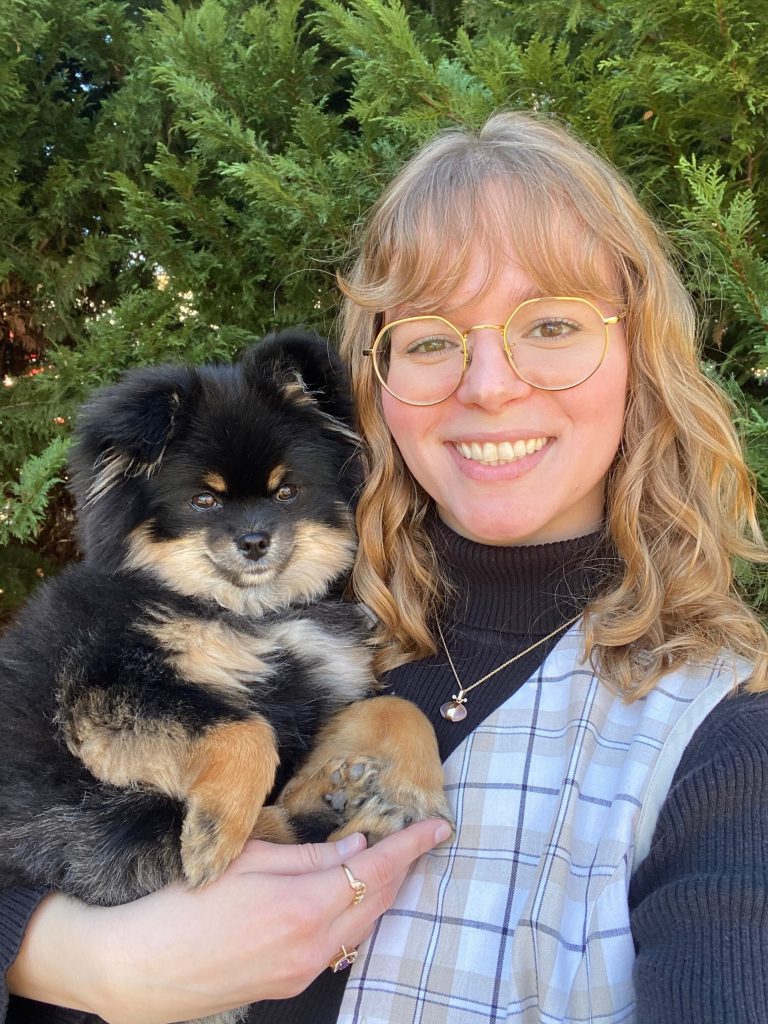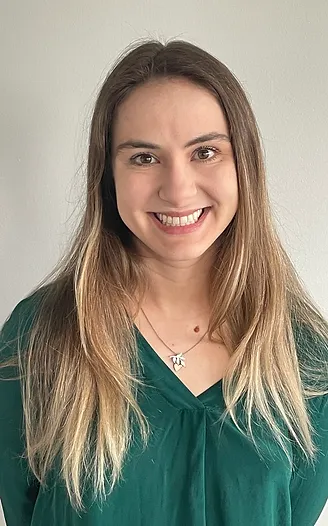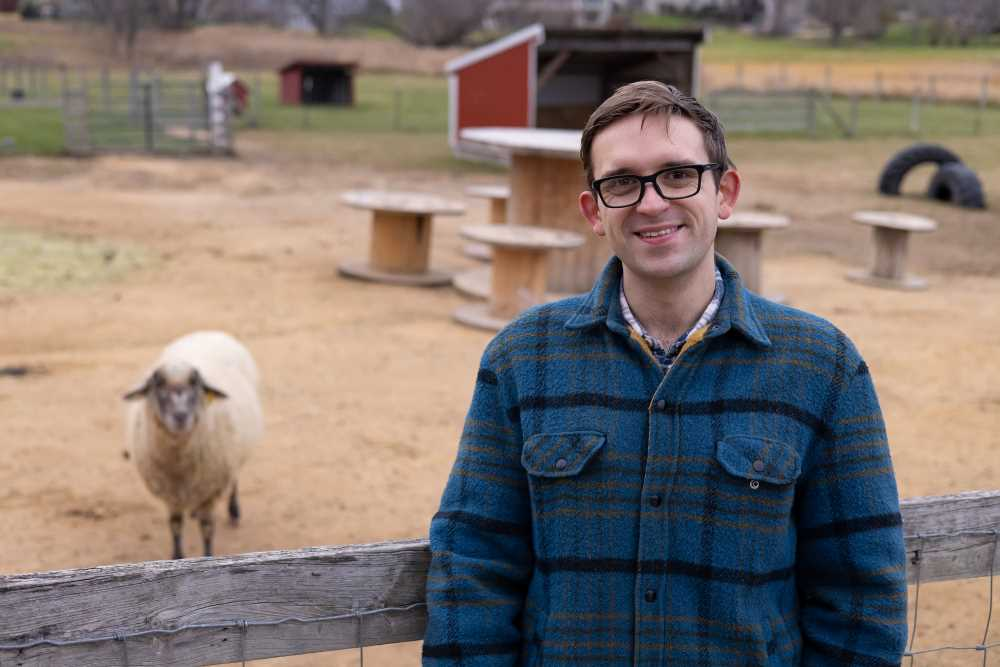Lab Members
Current Members

Kimberlyn Eversman: Kimberlyn is conducting research on the interface of dynamical systems and fluid dynamics where she models stratified parasitoid wasp dispersal in agricultural settings with changing wind conditions using a probabilistic PDE approach. She has a broad computational skillset which includes agent-based modeling and working with fluid-structure interaction data. Additionally, Kimberlyn is working on modeling, analyzing, and simulating a stratified epidemiology model for opioid use disorder in the context of community and veteran-specific data.

Ryan Campbell: Ryan is studying optimal search strategies of tiny wasps in the context of background fluid flow and where the target is another small, flying insect. He is also interested in the multi-scale problem of how these individual search strategies give rise to landscape-level distribution patterns. In 2023, he began work on developing a veteran-specific, individual-based model of community structure in the context of opioid use disorder. Ryan brings many mathematical tools together to analyze these problems, including probability theory, stochastic differential equations, mathematical and probabilistic modeling, and partial differential equations.

Margie Knight: Margie is just getting started with her research. She is currently working on models of collective behavior around immersed structures in fluid environments and exploring possible avenues of research related to epidemiology and human behavior. To learn more about Margie’s research and teaching experiences, check out her website here!

Melissa Pulley: Melissa is just getting started with her research. She is working as a GRA studying the transmission of mastitis-causing pathogens in dairy cows with funding from UTIA. She is currently exploring research ideas in ecology and wildlife disease transmission.
Former Members

Tricia Phillips:(Assistant Prof. at Birmingham-Southern College, 2020; now an Assistant Professor at the University of Alabama, Birmingham) Tricia received her PhD from the mathematical biology program at the University of Tennessee, Knoxville in 2020. For her dissertation, she built and analyzed models of opioid and heroin addiction and a discrete-time model of population structure in non-lethal harvest scenarios. Both projects were highly data-driven and involved significant computational aspects.

Leigh Pearcy: (Postdoc at the University of Pittsburgh, 2023) Leigh received her PhD in Mathematics and an MS in Statistics in the summer of 2023. Her dissertation explores the effect of stratification in susceptibility with regard to opioid and alcohol use disorders, structural stability and optimal control results for generalized substance use disorder epidemiology models, cellular automaton approaches to modeling individual-level interaction in the context of substance use disorders, and Bayesian analysis of circadian variation in sudden death. Leigh is now applying her skills toward the field of psychiatry while continuing to make important contributions to the development of mathematical models of substance use disorder.

David Elzinga: (Assistant Prof. at University of Wisconsin, LaCrosse, 2023) David received his PhD in Mathematics and an MS in Statistics in 2023. His dissertation explores stratified social bee colony dynamics in the presence of generalized agricultural stressors, the dynamics of the winter tick epizootic in moose under the effects of climate change, ODE and spatial CTMC models of orf outbreaks on ruminant farms with Bayesian model fitting, and Bayesian analysis of circadian variation in sudden death. He has also published papers on the sylvatic plague in prairie dog towns (Natural Resource Modeling, 2020) and vaccination strategies to control white-nose syndrome in bat colonies (Ecological Modelling, 2019), and he has experience working as an intern in the area of machine learning.

Martina Bouka: (PhD program at Charite Medicine University, Berlin Germany) Martina received her MS in 2024 conducting research on information feedback delays within epidemic models and their effects on model dynamics. She is pursuing a PhD in epidemiology.
Owen Queen: (Research Assoc., Harvard Medical School, 2023; Stanford Computer Science PhD Program, 2024): Owen is a mathematics and computer science major studying agent-based models of opioid and heroin addiction on social networks. He uses a combination of mathematical modeling, Python- and NetLogo-based computation, and statistical analysis carried out in R to conduct his research. Owen Queen is a 2021 Goldwater Scholar and a 2024 Knight-Hennessy Scholar.
Vincent Jodoin: (Teacher, Farragut High School, 2021; now a PhD student at UTK) A mathematics major, Vinny helped formulate and implement a novel agent-based model for opioid and heroin addiction which acts on social networks in NetLogo. He is interested in teaching and now is a PhD student in the mathematical biology concentration at the University of Tennessee, Knoxville.
Ao Zeng: (Carnegie Mellon School of Computer Science Master’s Program, 2017) Majoring in mathematics and computer science, Ao implemented novel network formation algorithms in Python. His focus is on efficient routines and data structures within a scalable, object-oriented framework for model testing.
James Zak: (KPMG International Limited, Strategic Profitability Insights group, 2018) Majoring in mathematics and mathematical decision sciences, James successfully defended his honors thesis with highest honors. His focus is on the mathematical analysis of random networks and how they compare to real networks in technological and social contexts.